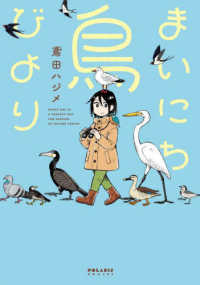Full Description
Hollywood Dance-ins and the Reproduction of Bodies proposes that a figure who barely registers in film studies or dance studies offers valuable insight into ideas about "the body" and the reproductive labor that gives rise to images of bodies. The book is the first scholarly study of the dance-in, a dancer who executes a star's choreography as cameras are being focused and lights are being set. While they share similarities with doubles and stand-ins, dance-ins do not replace stars' bodies on screen and they often serve multiple unseen roles, including as choreographers' assistants and stars' coaches, making them vital to the creation and transmission of choreography.
Focusing on dance-ins in mid-twentieth century Hollywood, when film musicals and the studio system were at their height, author Anthea Kraut exposes the racialized and gendered "corporeal ecosystem" that operated behind the scenes, propping up and concealed behind the seeming self-referentiality of white stars' filmic dancing bodies. A production history informed by feminist materialist approaches to labor and critical race theory, Hollywood Dance-ins tells the stories of the 1940s white pin-up star Betty Grable's dependence on her white dance-in Angie Blue; the African American jazz dancer Marie Bryant's private coaching of a myriad of stars in the late 1940s and early 1950s; Carol Haney and Jeanne Coyne's training of the white ingénue Debbie Reynolds for Singin' in the Rain (1952); the Mexican American dancer Alex Romero's close partnership with the white star Gene Kelly; and the biracial star Nancy Kwan's on- and off-screen exchanges with a white production team and Asian/American ensemble members in Flower Drum Song (1961).






